- Published on
Year in Review: My 'AI Summer'
- Authors

- Name
- Sean McGregor
- @seanmcgregor
"AI winters" follow when the hype backing artificial intelligence yields to the disappointment. Typically the purveyors of AI technologies are then banished until the next spectacular advance in computing capacity. This is not a story about life during an AI winter. It is a story of my life in 2017, that could only be described as an AI Summer. But it didn't start out that way.
What follows is a partial retelling of my personal and professional pathway through 2017.

Suddenly Out of Work
In December of 2016, I chose to defer my PhD defense date by three months. I had received an offer I could not refuse: moving to Orange County to develop machine learning capacity for a startup. I had always wanted to live/work near the beach, so it looked like a great deal-- skipping winter, living on the beach, and building a startup. I signed a 3 month lease on the Balboa Peninsula and arrived to this beautiful sunset.
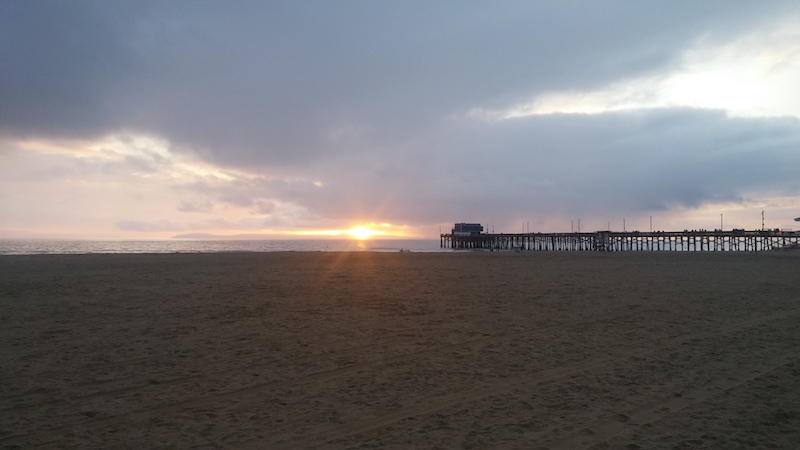
The next day, I showed up to work and was told the company needed to cut all contingent positions, including my own. Apparently a board meeting over the holidays resulted in a change of direction and I didn't have a job! I had accidentally moved to Orange County! As it would turn out, this was a lucky break. During boom times there is always another opportunity. The AI summer would provide.
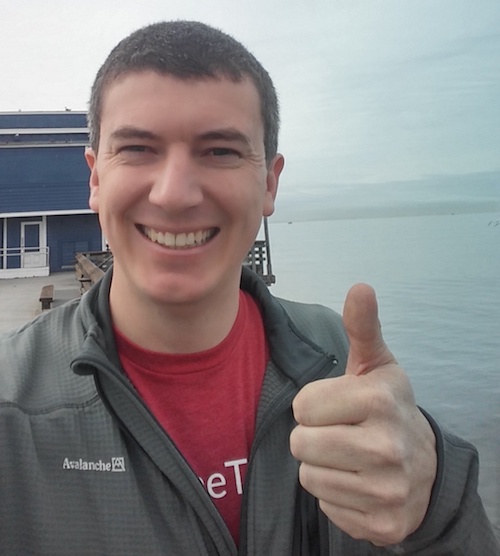
I sent a flurry of emails looking for temporary work. The number of people that were willing to entertain the possibility of taking a "last minute intern" was heartening, but in most cases full-time positions made more sense than a temporary arrangement. I still needed to finish up my dissertation, so I met with a local venture capitalist who gave me a desk at one of his startups. I would occasionally field AI questions for his portfolio, but in large part he showed me generosity without much expectation of return. After learning more about my research background, he connected me with the prize lead for the IBM Watson AI XPRIZE. The AI XPRIZE is a $5 million competition for solving socially relevant problems with AI. As a researcher at the intersection of machine learning and public policy, I viewed a consulting job with the foundation as a rare opportunity crafted specifically for my professional background. After interviewing with the foundation, I was offered a consulting job and began patching together housing situations in 5 different LA area cities. I barely noticed my dissassociation from any particular place during this time period, because my days were consumed by work, and my nights were owed to my dissertation.
IBM Watson AI XPRIZE
My XPRIZE work included facilitating the judgement process, helping the foundation understand the needs of teams, and generally building out the foundation's approach to AI. After spending 7 years applying reinforcement learning to wildfire suppression policy, and developing an open source organization at night, I was oddly well suited to the work.
In my first two weeks I read project proposals and developed strategy for executing on the foundation's competition plan. It was immensely interesting work, but I had to choose a path within the organization. I could either pursue a staff role and be a generalist across multiple competitions that are not necessarily AI-related, or I could reduce my hours and continue forward as a consultant. Ultimately, it was "jealousy" of the XPRIZE competitors that led me to stay a consultant. I want to do the building more than the facilitation.
Still, there have been tremendous opportunities through involvement in the prize. One of the most enjoyable was helping organize a United Nations summit on "AI for Good." I served as rapporteur for several panels and had the opportunity to present panel findings to the assembled body. My favorite moments were the late hours with some of the most noted AI researchers of our time debating how to best steer AI development towards the greater good.
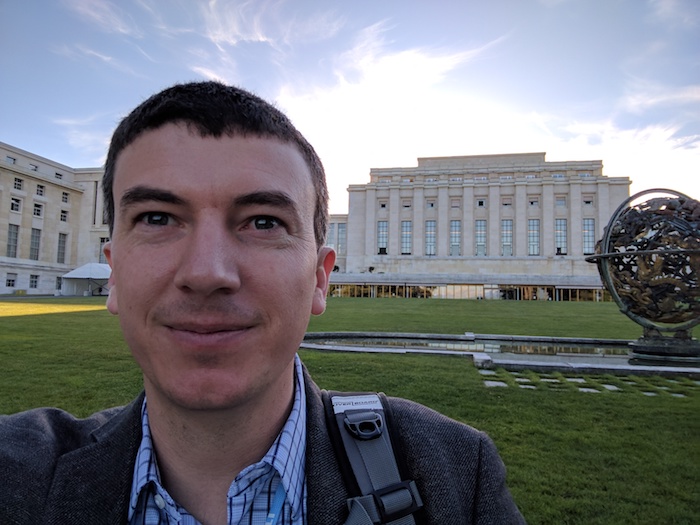
The summit (which took place in Geneva) also afforded me the opportunity to stop by the tomb of a distant "academic ancestor" in Basel, Switzerland. In PhD programs you are paired with an "advisor" that chairs the panel of academics deciding whether you are worthy to join the club. The chain of PhD advisors goes back centuries. Visiting the tomb in Switzerland served as an excellent place to reflect on my grad school career, and think about the impending PhD defense.
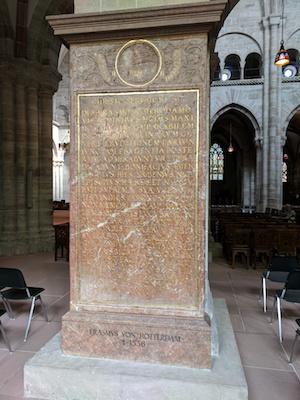
Defending my PhD
While organizing the IBM Watson AI XPRIZE, I was also writing up the last of my dissertation. In the week of my defense, I flew from Switzerland to present at RLDM (a reinforcement learning an neuroscience conference in Ann Arbor), then joined my family assembling in Oregon for what felt like the academic equivalent of a wedding reception.
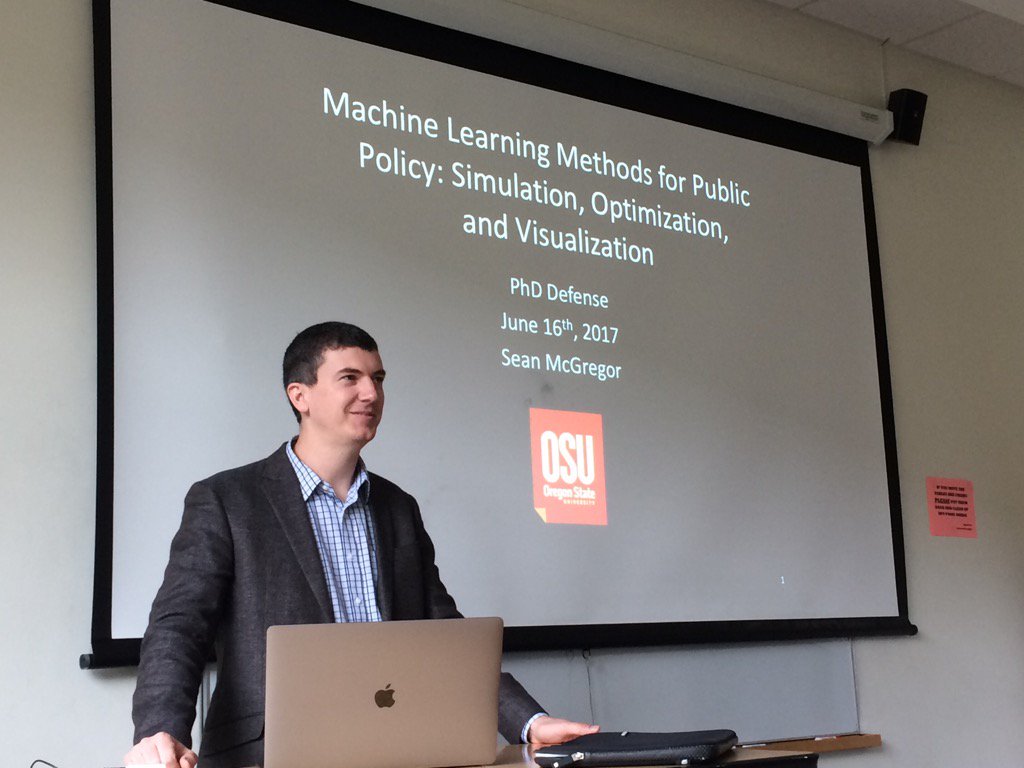
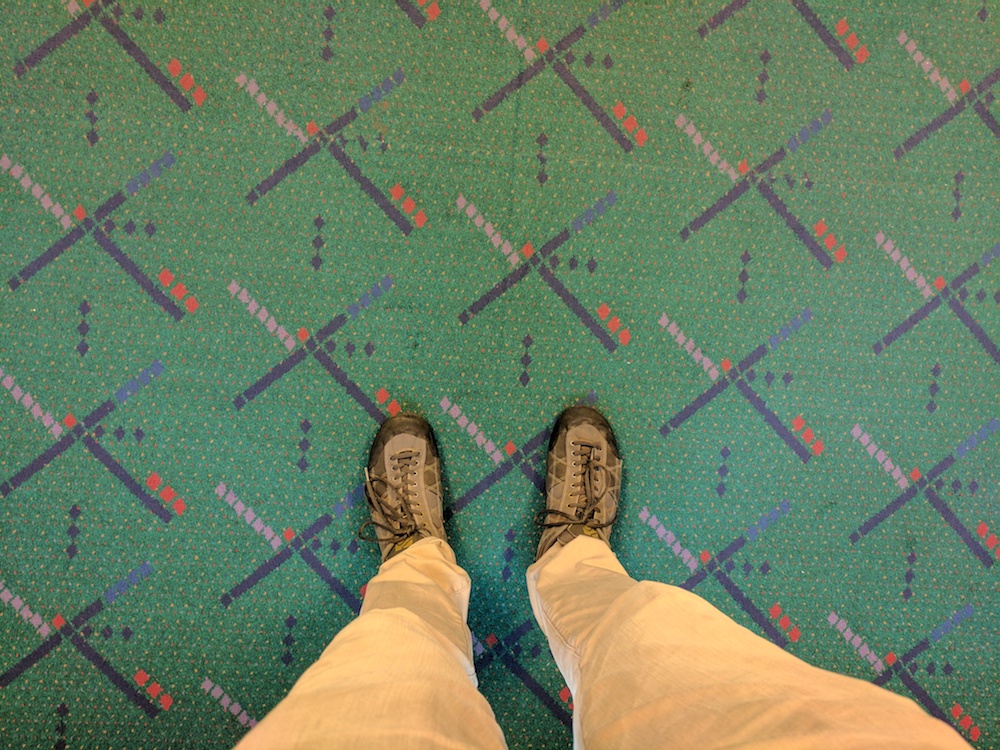
NASA, the Sun, and Bourbon
A week after defending my PhD, my XPRIZE work was in a quiet period. My only responsibilities were recruiting the panel of 30+ judges, so I traveled south to NASA Ames for 2 months of modeling solar flare activity! I enjoyed working a new problem and exploring how AI could potentially help protect the planet from solar disaster.

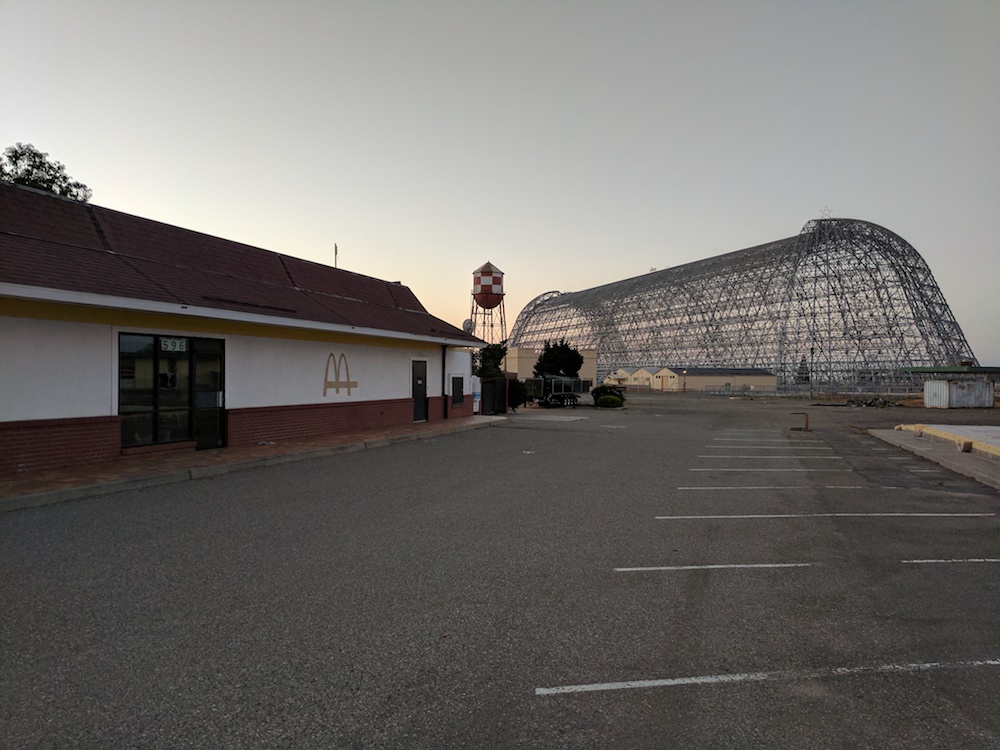
Continuing the solar theme to the year, I had long planned on standing in the path of totality for the 2017 solar eclipse. So naturally, in the same week where we presented our results from the summer's solar modeling efforts, I flew to the path of totality to watch the sun disappear. It was a transcendental experience to see the coronal loops surrounding an occluded sun. It imparts a sense of depth to the universe that I imagine being similar to the experience of entering orbit.
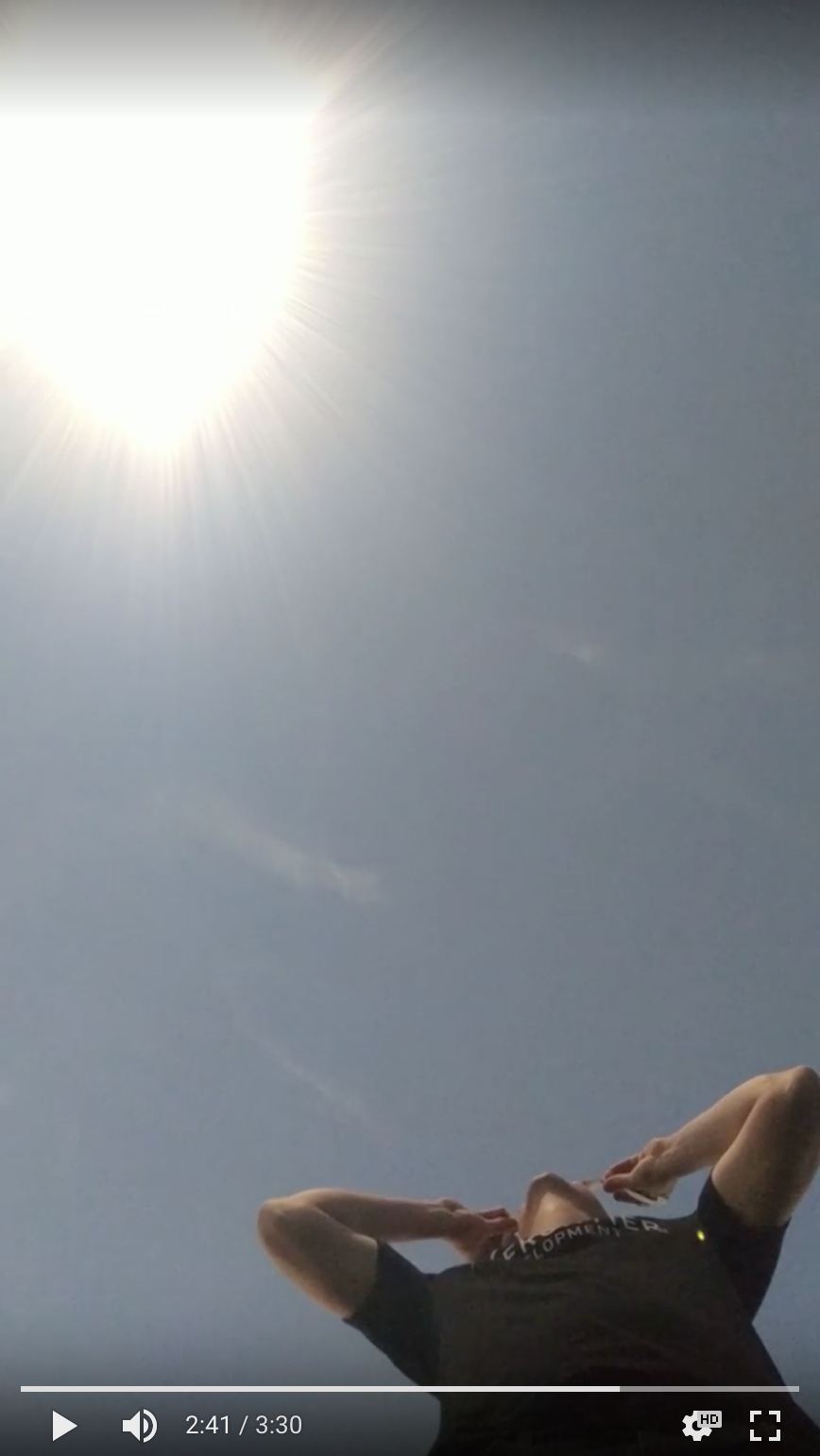
My chosen location for the eclipse viewing was southern Kentucky. I had never been to that part of the country before and the trip gave me the opportunity to see many bourbon distilleries in person. I was particularly surprised by how we could stick our hands into giant sour mash tanks and taste the product that would soon be fermented into alcohol.
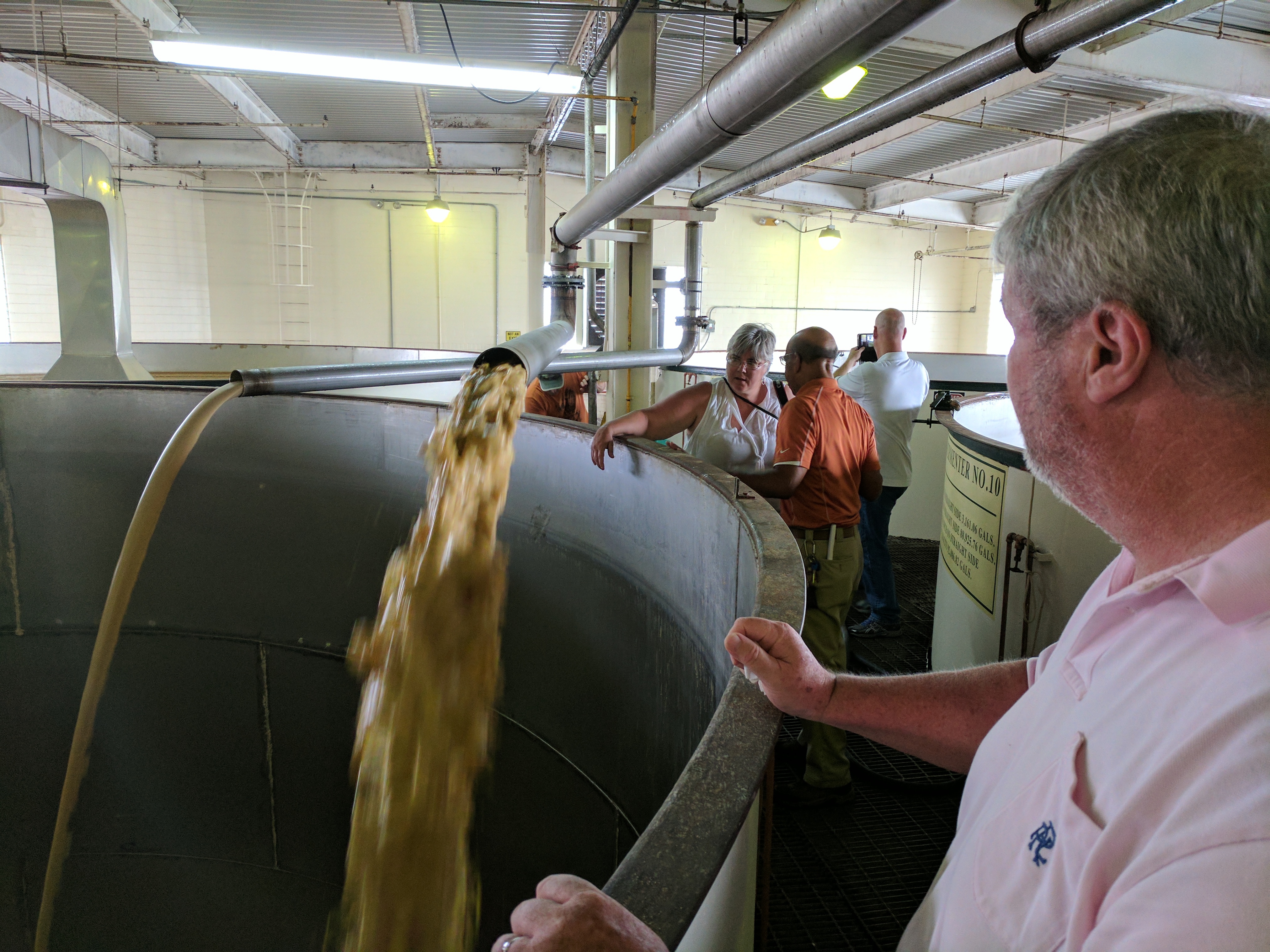
"Opening" for Wiz Khalifa
After getting back from the eclipse viewing, it was time for three big trips. First, I traveled to Pittsburgh to keynote the Thrival Innovation Festival. The first day of the festival explored the power for AI to change the world. My presentation centered on the "AI for Good" movement broadly, and the work of the XPRIZE teams in particular. While wandering by buskers in front of ancient greek facades at the Carnegie Museum of Art, it became clear that AI had somehow become cool. Our talks and panels on artificial intelligence opened a music festival headlined by Wiz Khalifa and many musical acts that are apparently quite popular outside the ivory tower.
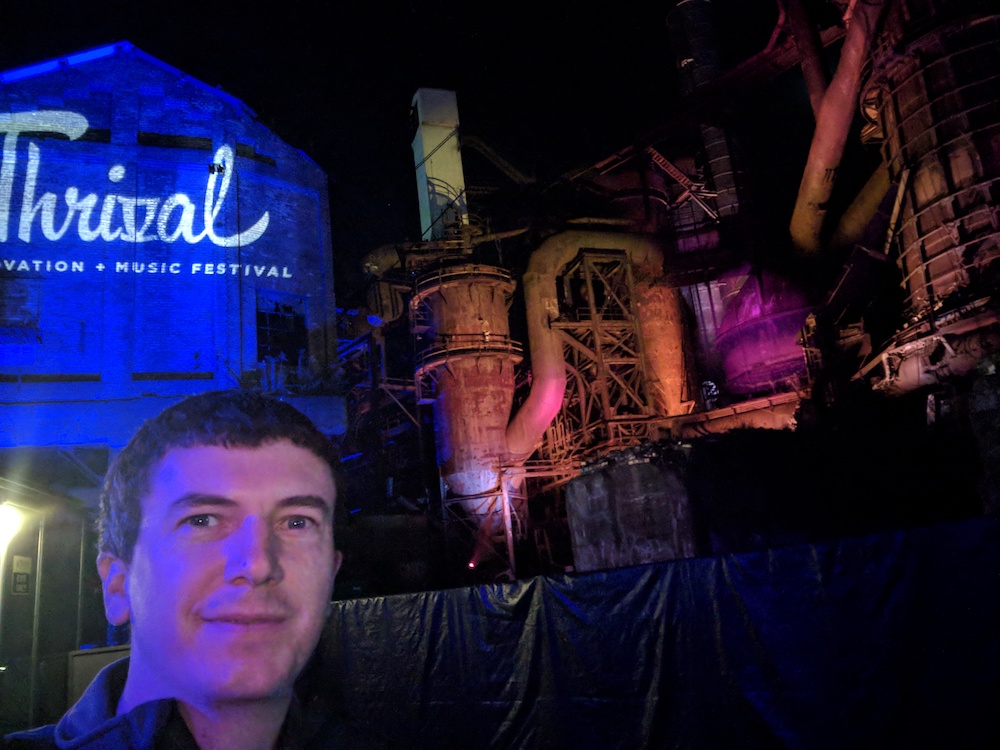
After Thrival I had two responsibilities. The first was repackaging my dissertation into a forthcoming book chapter titled, "Connecting Conservation Research and Implementation: Building a Wildfire Assistant". The second was representing the XPRIZE Foundation at the Partnership on AI in Berlin. I have always liked the idea of expatriating to write a book, so I traveled to Berlin early and summarized my graduate research from the lounge of a hostel boat on the Spree.
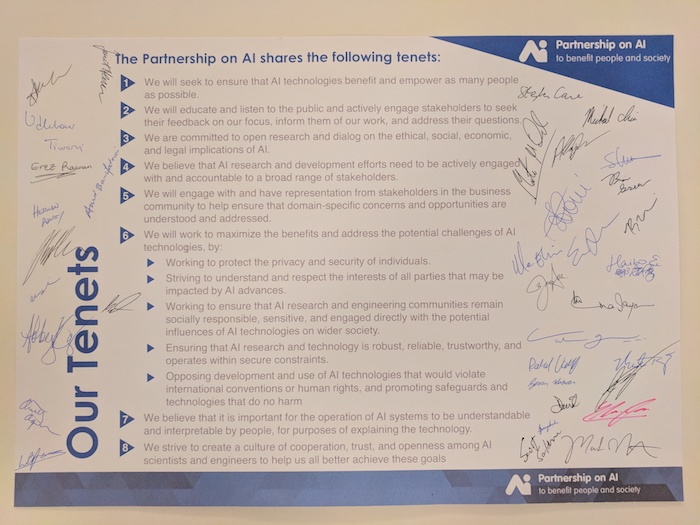
Shortly after returning from Berlin, the first round of the AI XPRIZE wrapped up and we sent the notifications to teams. This concluded the bulk of the XPRIZE consulting work until the next annual reporting period.
Interviewing for Work
Following Berlin, I hit the job market in a big way. I was doing coding and culture/fit interviews on the phone almost every day. Some were successful and reached an offer, others went hilariously wrong-- like when pneumonia began setting in during an all-day onsite interview! Ask me about more interview stories in the future -- it is deserving of a complete blog post. By the start of December I was about to accept a job offer with a startup in the Bay Area when I unexpectedly got a referral for an interesting startup in...Orange County!
Following a frantic interview process, I am pleased to say I am joining Syntiant to build neural network models that can run on analog hardware. The value proposition is that you can run analog hardware at much lower power than digital chips, so you can have more intelligence embedded in your phone. I am very excited for the work because we have the potential to increase the privacy of AI systems and solve some interesting neural network problems in the process.
Also excellent: the work does not preclude me from continuing involvement with my IBM Watson AI XPRIZE, or my work on solar modeling. :)
The Future
I'm back!
